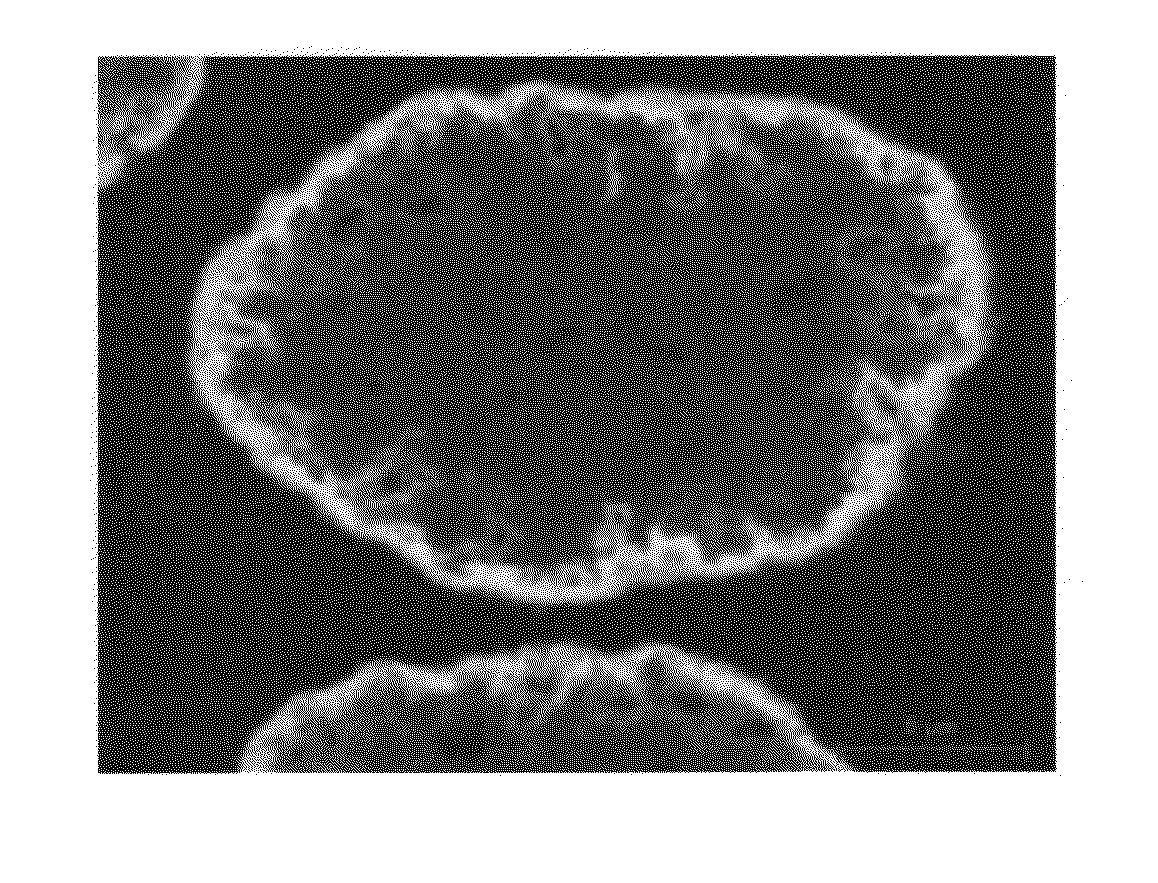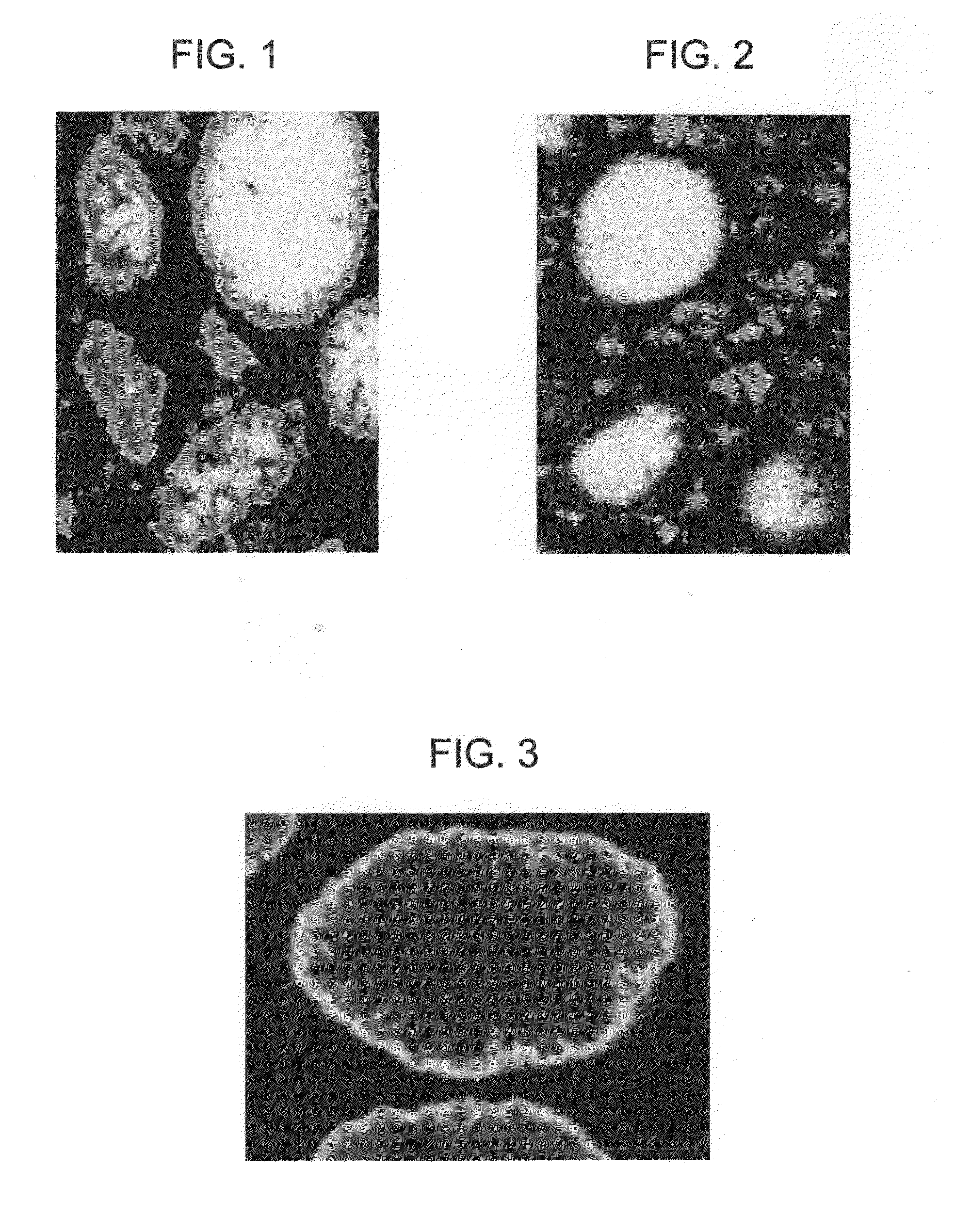Novel Ethynylation Catalyst And Method Of Making Same
a technology of ethyl ethyl ethyl ethyl ethyl ethyl ethyl ethyl ethyl ethyl ethyl ethyl ethyl ethyl ethyl ethyl ethyl ethyl ethyl ethyl ethyl ethyl
- Summary
- Abstract
- Description
- Claims
- Application Information
AI Technical Summary
Benefits of technology
Problems solved by technology
Method used
Image
Examples
example
[0027]A catalyst (CATALYST 1) of the invention was prepared with the reagents noted in Table 1.
TABLE 1ReagentsAmounts16 wt % Copper nitrate solution as Cu, g108722.3 wt % Bismuth nitrate solution as Bi, g28.5Britesorb AMS500, g as is 347.9(23 wt % LOI associated with it)Water heel, g1316.515 wt % NaOH, g (typically 90 to 95% used)1600Catalyst Analyses, VFWt %CuO47Bi2O32SiO240MgO10Na2O0.6Al2O30.5
[0028]The catalyst was prepared as noted in the section above. The temperature of precipitation was 50° C. and the pH of precipitation was kept constant at 8.5. The catalyst was tested for initial activity for the consumption of formaldehyde.
Catalyst Testing Procedure
[0029]Testing was carried out in two steps. First the catalyst was activated to form the active copper acetylide. It was then transferred to the reaction vessel.
Activation
[0030]Catalyst activation was carried out in a 4-port quartz reactor flask containing 100 cc formalin (37 wt % formaldehyde in water). The pH of the formalin wa...
PUM
| Property | Measurement | Unit |
|---|---|---|
| temperature | aaaaa | aaaaa |
| temperature | aaaaa | aaaaa |
| temperature | aaaaa | aaaaa |
Abstract
Description
Claims
Application Information
 Login to View More
Login to View More - R&D
- Intellectual Property
- Life Sciences
- Materials
- Tech Scout
- Unparalleled Data Quality
- Higher Quality Content
- 60% Fewer Hallucinations
Browse by: Latest US Patents, China's latest patents, Technical Efficacy Thesaurus, Application Domain, Technology Topic, Popular Technical Reports.
© 2025 PatSnap. All rights reserved.Legal|Privacy policy|Modern Slavery Act Transparency Statement|Sitemap|About US| Contact US: help@patsnap.com


